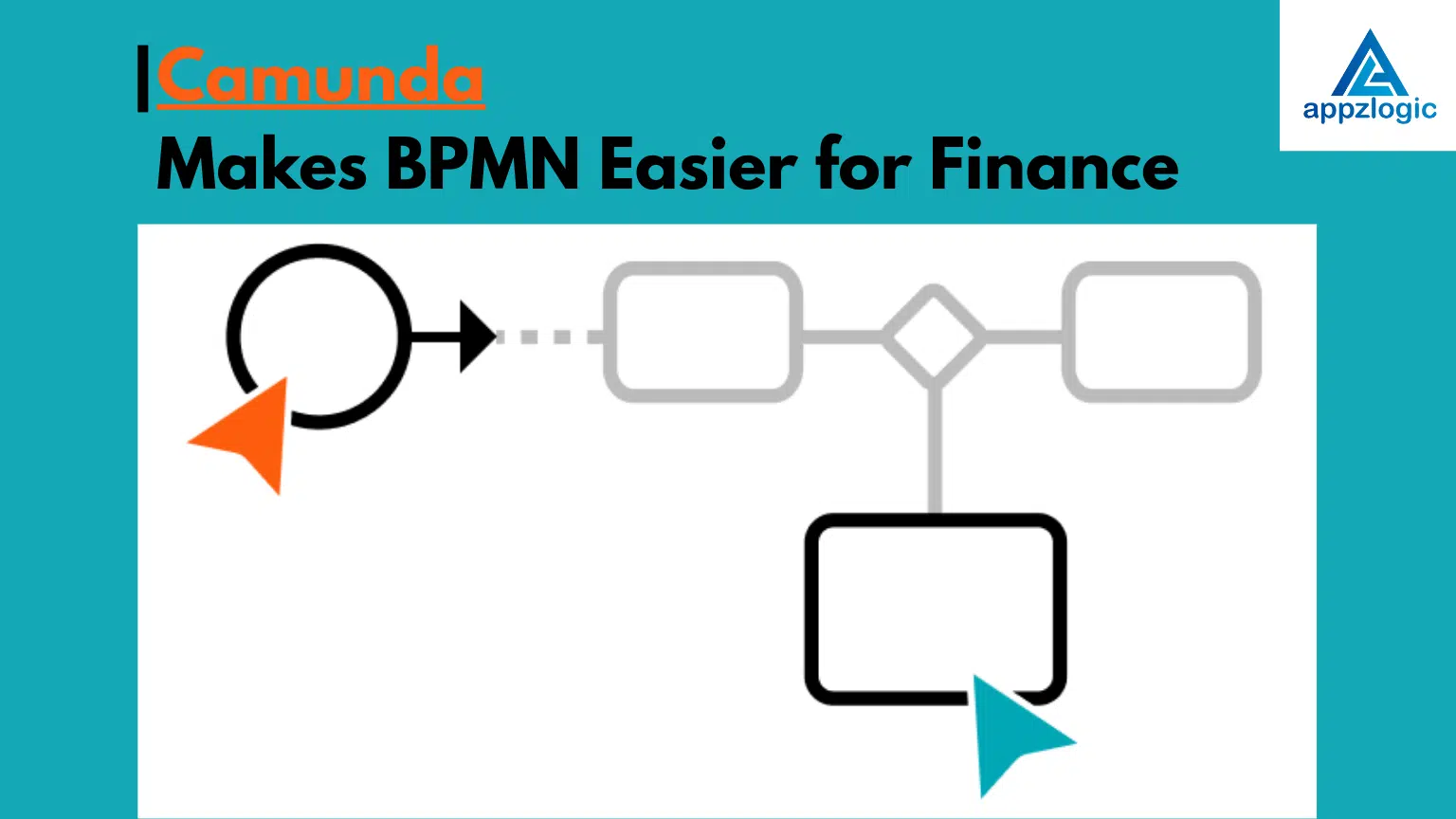
Generative AI in Software Testing: Exploring Its Benefits and Worth
Have you ever wondered how the apps you use daily seem to work flawlessly (well, most of the time)? The secret lies in rigorous software testing a critical process that ensures applications are smooth, secure, and reliable. But here’s the thing: Traditional testing methods are often too slow and outdated to keep up with modern development. That’s where Generative AI tools for software testing come in to save the day.
Imagine a world where AI-powered test automation solutions not only write your test cases but also predict bugs and resolve them in real time. Sounds futuristic? Well, it’s already happening with AI-driven testing tools. This groundbreaking technology is reshaping software testing by boosting efficiency, accuracy, and adaptability. Let’s dive into how this cutting-edge tech is transforming the industry and why it’s worth considering for your next project.
What is Generative AI?
First things first, what is this Generative AI or we can say GenAI everyone’s talking about? Generative AI is a type of artificial intelligence designed to create things, whether it’s text, code, or even images. Think of tools like ChatGPT or Copilot that help developers code faster. Now, apply that magic to software testing.
With AI-powered test automation, GenAI can:
- Analyze your application
- Generate test cases in seconds
- Run them across various environments
- Tell you what’s wrong (and sometimes how to fix it)
It’s like having a super-intelligent assistant that never sleeps, making automated software testing using AI smarter and faster than ever. By leveraging AI-driven bug detection, businesses can identify issues earlier in the development lifecycle, saving significant time and money.
What sets Generative AI tools for software testing apart is their ability to adapt and learn. Traditional automation follows predefined scripts, but GenAI evolves by analyzing new data, making it more efficient as time goes on.
Generative AI tools for personalized user interaction
Modern Generative AI tools for software testing are not just about detecting bugs; they’re also revolutionizing user interaction across digital platforms. Here’s how:
- Enhanced Personalization: AI systems analyze user data to provide tailored recommendations. For example, an e-commerce website might suggest products based on browsing history, making the user feel understood and valued.
- Natural Language Communication: Chatbots powered by Generative AI, like virtual assistants in banking apps, can handle customer queries conversationally, improving user satisfaction.
- Dynamic Adaptation: These systems can modify interfaces or workflows in real time to suit individual preferences, ensuring smoother interactions.
For quality assurance teams, Generative AI solutions are essential for ensuring applications meet high user interaction standards.

Let’s be honest, traditional testing has been around forever, and while it’s reliable, it’s no longer enough. Think about the pain points:
- Manual Testing: Slow, repetitive, and prone to human errors. Imagine manually testing hundreds of scenarios, t’s time-consuming and exhausting.
- Automation: Better, but rigid. You spend hours writing scripts that break the moment something changes, leading to costly delays.
Sound familiar? Enter AI for continuous testing, a smarter, adaptive approach that evolves with your software. Unlike traditional methods, Generative AI tools for software testing adapt automatically to changes, ensuring the testing process remains efficient and robust.
By automating repetitive tasks, these tools free up testers to focus on more strategic activities, like planning and risk assessment, enhancing overall productivity.
What Are the Types of Data in Generative AI?
For Generative AI tools for software testing to function effectively, they rely on various types of data. Let’s break it down:
- Structured Data: Think of organized tables or databases, such as predefined test case templates or bug tracking logs. This data forms the backbone of many testing workflows.
- Unstructured Data: This includes raw text like user feedback, log files, or even documentation. Generative AI can analyze this data to identify patterns or potential issues.
- Synthetic Data: In situations where real-world data is unavailable or sensitive, synthetic data artificially created datasets, fills the gap, ensuring the AI can still learn and perform effectively.
- Historical Data: AI uses insights from past testing cycles to predict future issues or optimize processes, enhancing accuracy over time.
By utilizing these types of data, AI-powered test automation solutions ensure comprehensive and reliable testing outputs.
How GenAI Works in Software Testing?
Alright, so how does Generative AI in software testing actually work? Here’s a step-by-step breakdown:
- Understanding the App: The AI dives deep into your application, analyzing everything from code to user stories and past bugs.
- Writing Test Cases: It generates detailed, reusable test cases so no manual effort needed. These are often more thorough than human-generated ones.
- Running the Tests: The AI executes scripts across multiple environments, detecting issues in real time.
- Fixing Issues: Advanced tools even suggest fixes or create self-healing scripts to address problems without manual intervention.
This streamlined process makes AI-driven test automation for mobile applications and other platforms more reliable and efficient.
The Benefits of Using GenAI in Testing
So, why is everyone Excitedly talking about about Generative AI tools for software testing? Here’s why they are worth the hype:
- Speed: GenAI creates and executes tests faster than any manual process, drastically reducing time-to-market.
- Accuracy: Say goodbye to human errors; AI catches bugs with precision.
- Cost Savings: Automating repetitive tasks means spending less on manual labour and post-release fixes.
For example, in large-scale deployments, AI-powered test automation solutions have been shown to reduce test execution time by up to 50%, enabling businesses to launch products faster without compromising quality.
‘When AI Goes Wrong: Lessons from Google Bard: The Google Bard Case’
Even with all its perks, AI isn’t trustworthy, During a live demo, Google’s Bard AI made an embarrassing mistake by claiming that the James Webb Space Telescope took the first picture of an exoplanet. This little “oops” moment cost Google $100 billion in market value the very next day. May be that’s why Google Now Introducing Gemini 2.0
What’s the takeaway? While AI-driven bug detection is incredible, it still needs human oversight to catch errors and avoid costly mishaps. This example highlights the importance of pairing Generative AI solutions for quality assurance teams with robust validation processes.
What is One Challenge in Ensuring Fairness in Generative AI?
One significant challenge in Generative AI solutions for quality assurance teams is ensuring fairness. A common hurdle is bias in training data. If the data fed into AI systems is not diverse or representative, the outputs may inadvertently favour certain scenarios while neglecting others.
In software testing, this could mean prioritizing high-usage paths while ignoring edge cases, potentially impacting certain user groups. To combat this, organizations must prioritize diverse datasets and regularly audit their AI models for fairness and inclusivity.
Key Features of AI-Driven Testing Tools
If you’re wondering what makes Generative AI tools for software testing stand out, here are their secret weapons:
- Automated Test Case Generation: Saves time and resources by generating tests in minutes.
- Real-Time Bug Detection Using AI Tools: Prevents costly post-release issues by catching bugs early.
- Predictive Analytics in Generative AI Testing Tools: Forecasts potential system failures before they occur.
- Self-Healing Scripts: Automatically updates test scripts when application changes are detected.
These few features are particularly beneficial for AI-driven test automation for mobile applications, where rapid iteration is key to staying competitive.
Conclusion
In a world where software is the backbone of almost everything, ensuring quality is non-negotiable. Generative AI tools for software testing are revolutionizing how we approach quality assurance, making it faster, smarter, and more reliable. While there are also risks (looking at Bard/Gemini AI), the benefits far outweigh the challenges when used responsibly.
So, is it worth it? Absolutely. Whether you’re a small business or a tech giant, AI-powered test automation solutions are your ticket to staying competitive in a Rapidly shifting digital environment.
Looking to enhance your app’s functionality? Check out our article on Implementing a Payment Gateway in Your Android App for practical insights to boost your app’s performance.
At Appzlogic, we specialize in leveraging cutting-edge AI-powered testing tools to streamline your software development process, ensuring top-notch quality and faster time-to-market. If you’re ready to transform your software testing approach, contact us today!
Frequently Asked Questions
It’s a technology that automates test case creation, bug detection, and analysis to speed up and enhance testing.
Not entirely. While it automates repetitive tasks, human oversight is crucial for ensuring accuracy and context.
Start small, pick the right tools, and train your team to work with AI-powered test automation solutions.
AI errors, like hallucinations, can occur. Human validation is essential to mitigate these risks.
Expect more autonomous tools, smarter analytics, and real-time bug prevention.



